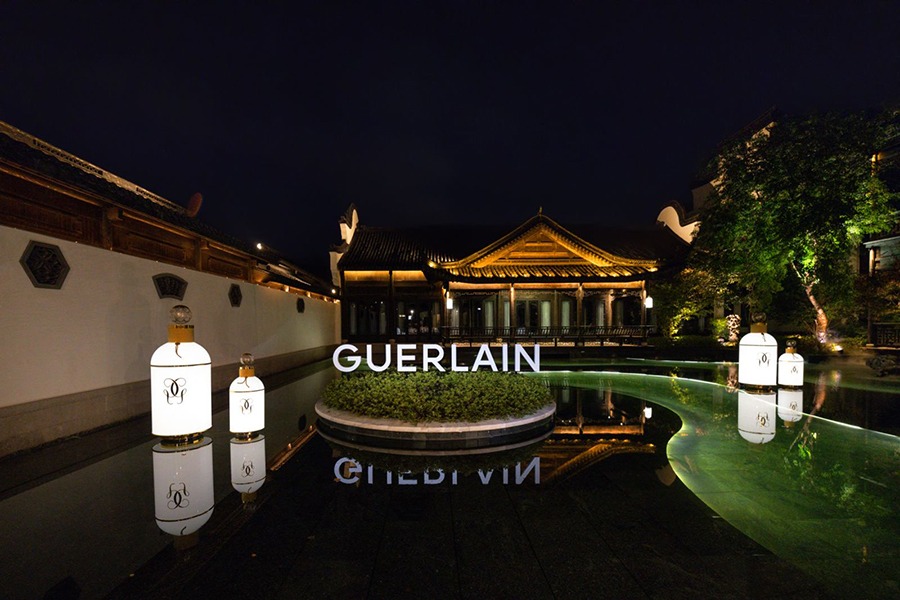Woman photographer shoots wild animals, helps promote ecological protection


In Hoh Xil
In 2016, the administrators of the Hoh Xil National Nature Reserve invited Gu to take photographs of Hoh Xil. Some of those photos were included in a video, an introduction to the reserve, to accompany the reserve's application to be listed as a world heritage site, in the natural site category. Hoh Xil was added to the list on July 7, 2017.
Gu has shot various species of animals in Hoh Xil nature reserve and the Three-River Source (Sanjiangyuan) National Nature Reserve, situated in southern Qinghai Province. Sanjiangyuan is the largest nature reserve in China, and it is the origin of the Yangtze, Yellow and Lantsang rivers.
"China has an abundance of species, especially on the Qinghai-Tibet Plateau. The public knows little about most of the species. I am a Chinese wildlife photographer. I think I have a responsibility to shoot the species in Hoh Xil," says Gu.
She arrived in Hoh Xil to shoot Tibetan antelopes for the first time in June 2016. "I once went to the Qinghai-Tibet Plateau three times in two months to shoot the antelopes. I once stayed in the depopulated zone in Hoh Xil for 40-plus days. I put up a tent where the antelopes lived, and I installed the photographic equipment in the tent. Every day, I entered the tent at 5:30 am, and I left the tent at 9 pm. I could only eat some canned congee, as fragrant food would attract nearby bears," says Gu.



































